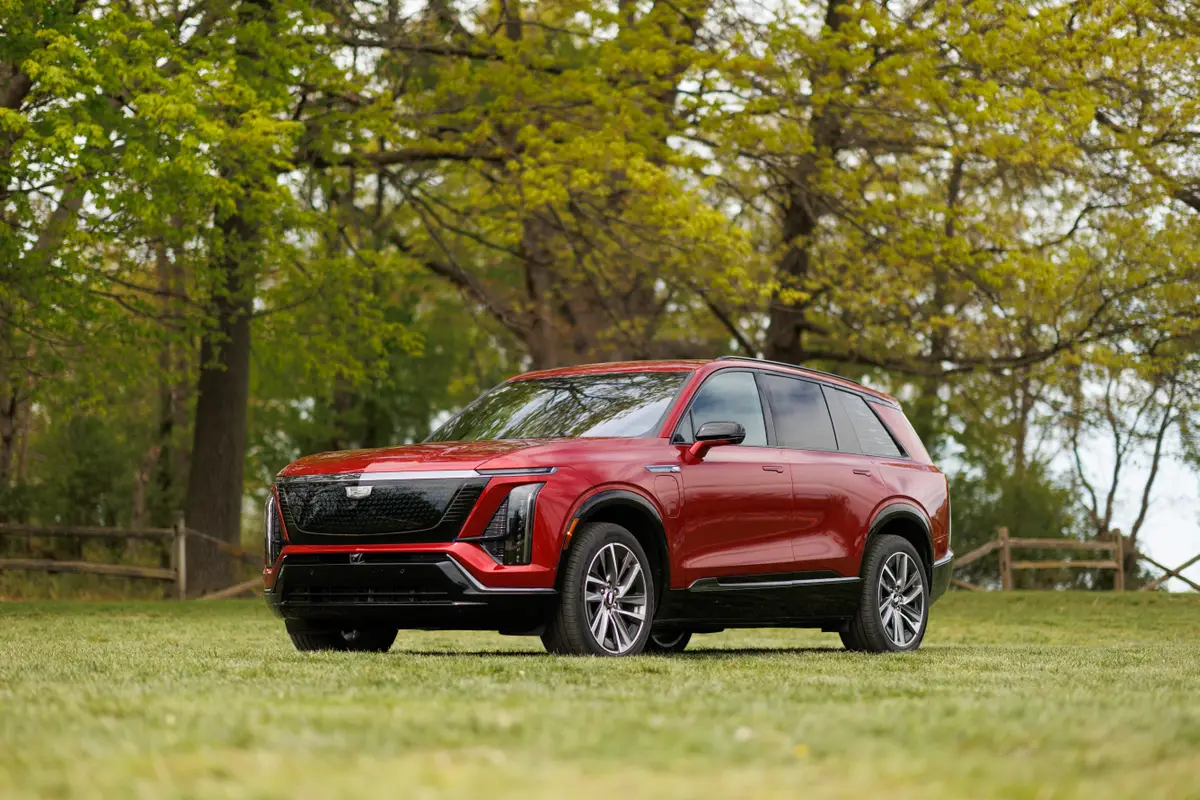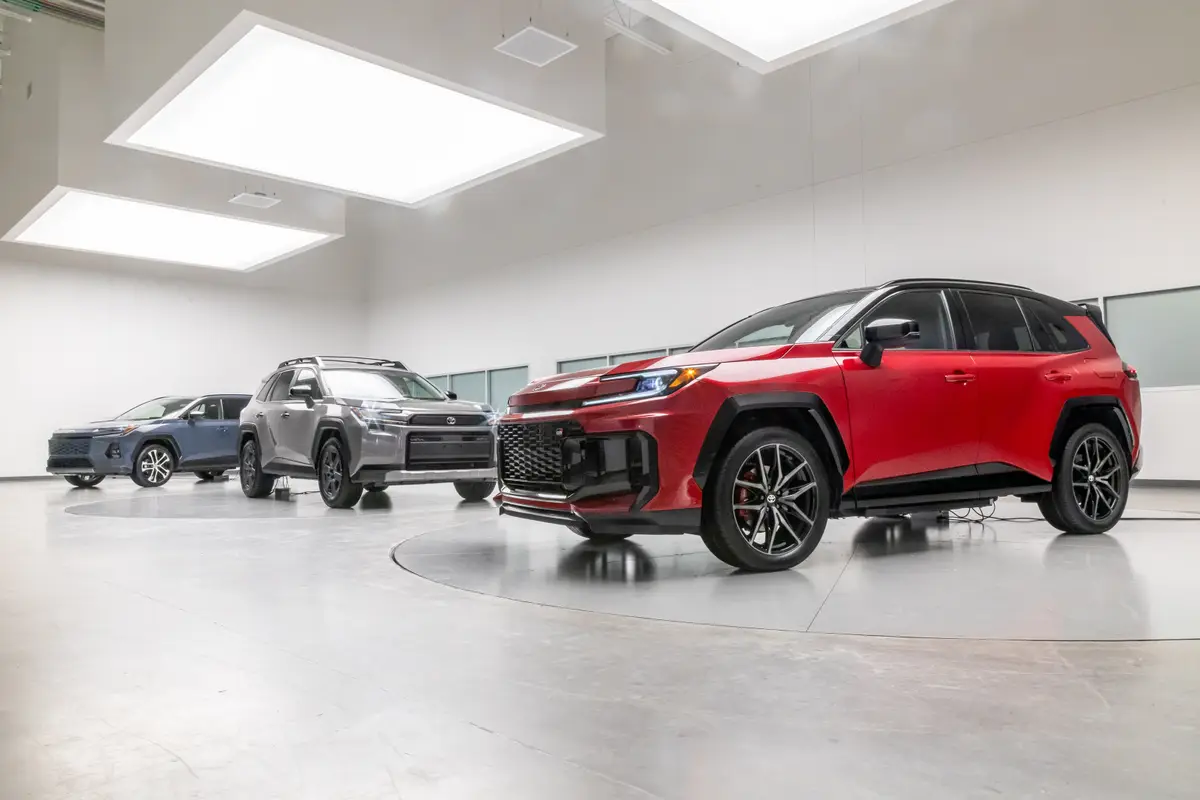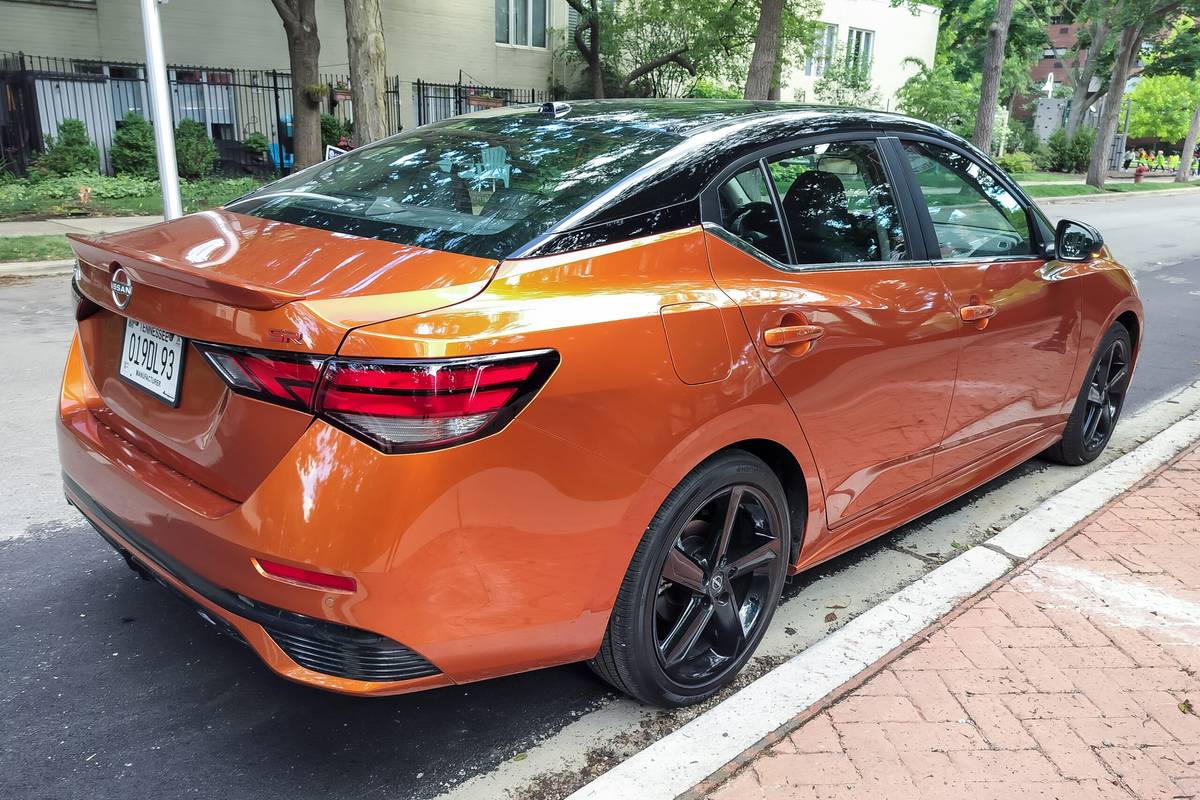2005 Toyota Tacoma: What's New
Vehicle Overview
Toyota has redesigned its smaller pickup truck for the 2005 model year. First seen at the 2004 Chicago Auto Show in high-performance X-Runner form, the 2005 Tacoma is larger than its predecessor. The wheelbase has been extended by 5 inches and the track widened by 4 inches. Shoulder room and hip room have increased by nearly 4.5 inches. The X-Runner is Toyota’s youth-oriented Tacoma. Approximately 3,500 will be manufactured each year.
The larger V-6’s output has grown by 55 horsepower compared with its smaller predecessor. The new 2.7-liter four-cylinder has two balance shafts for smoother idling and air injection on the exhaust side — a feature not seen since the 1970s. The redesigned Tacoma also has a higher towing capacity and a tighter turning radius. Four-wheel drive is available with each powertrain. Downhill Assist Control and Hill Start Assist Control are included.
Exterior
The Tacoma comes in three body styles: regular cab; Access Cab with rear-hinged, half-doors; and Double Cab with four front-hinged conventional doors. Beds range from 5 to 6 feet in length.
Chief engineer Yuichiro Obu said the Tacoma has a “strong, confident appearance” and its new chassis is much stronger and stiffer. All Tacomas have bed rails and adjustable tie-down cleats. Cargo beds contain a 115-volt power outlet and accessory storage boxes. Double Cab pickups may have an optional roof rack. A TRD Sport Package includes a sport suspension, 17-inch wheels and appearance upgrades.
Sitting an inch lower than other models, the X-Runner gets an exclusive “X-braced” frame and 18-inch alloy wheels. Firmer and shorter springs, Bilstein shock absorbers and large-diameter stabilizer bars are used on the trim level. A limited-slip differential is standard. Dealers can install a TRD “Big Brake Kit” on the X-Runner.
Interior
Depending on the model, buyers can choose a front bench, bucket seats or sport seating. Access Cab models have two tumble-flat rear seats. Double Cab trucks hold a three-passenger, 60/40-split tumble-and-fold rear seat.
Front occupants get a wider center console. The seats in Double Cab models have 23 percent greater rear backrest angle. A new electronic gauge cluster features LED illumination.
Under the Hood
Toyota’s new 2.7-liter four-cylinder develops 164 hp and runs on regular fuel. Borrowed from the 4Runner, the 4.0-liter V-6 has variable valve timing and produces 245 hp and 282 pounds-feet of torque and requires premium fuel. The four-cylinder mates with a four-speed-automatic or five-speed-manual transmission, while the V-6 teams with a five-speed automatic or six-speed manual. When properly equipped, a Tacoma can tow up to 6,500 pounds.
Safety
Antilock brakes with electronic brake-force distribution and brake assist are standard on all models. Side-impact and side curtain-type airbags are optional in Double Cab models.
Driving Impressions
Energetic response is a bonus of the Tacoma’s V-6 engine when it teams with a five-speed-automatic transmission. This engine snarls during hard acceleration, but not in a distressing way.
When equipped with a TRD Sport Package, in particular, a Double Cab Long-Bed Tacoma 4×4 copes well with relatively unpaved roads. The ride is undeniably taut and fairly stiff, though this is no more bothersome than in most small pickups.
Ample space is available for two people in front. The seats are snug, supportive and well-cushioned. The immense glove box is within easy reach.
The performance-focused X-Runner doesn’t provide much excitement. It’s vivacious but not very stimulating when the gas pedal is pushed hard. The Tacoma’s notchy manual gearbox makes shifting gears more difficult than in some other trucks. In short, the X-Runner is more “show” than “go,” and it actually has a lighter steering feel than a regular four-wheel-drive Tacoma.
Featured stories

2026 Cadillac Vistiq Review: Luxuriously Normal



